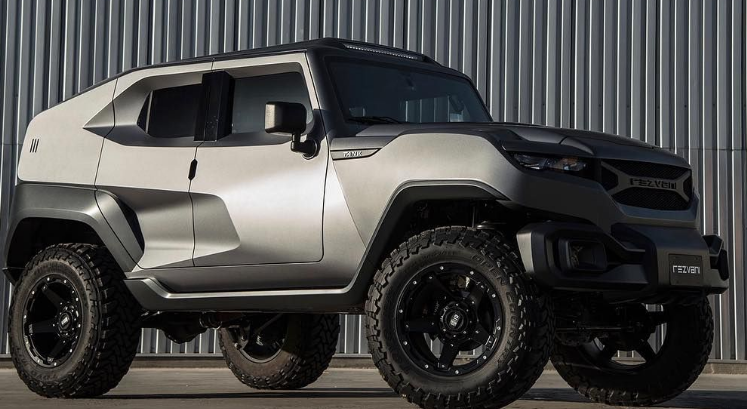|
Getting your Trinity Audio player ready...
|
What makes these cars strong enough to race against other vehicles? How does a vehicle become stronger over time? And why did certain brands become famous for their powerful cars?

1) Engine is what a car is.
The engine is the heart of any car. It provides power and energy to move the car forward, in addition to making sounds while accelerating or braking. As the name suggests, an engine produces power by using fuel (gasoline/petrol) which burns inside the cylinder. The gasoline is injected into the cylinder through the injector (this is also called fueling). Once ignited, the explosion produces heat which turns the piston downwards. This process continues until it reaches the bottom of the cylinder where the exhaust valve opens, letting the burnt gas out of the cylinder.
2) Transmission & Drivetrain
The transmission shifts gears from one to another according to the driving conditions and speed. To make the engine produce more torque at low speeds, different gear ratios are used. At high speeds, less gears are needed because inertia helps the car accelerate faster. Most modern engines use automatic transmissions (Tiptronic, Shift-on-the-fly, Sequential Manual etc.). However, manual transmissions are still available. A drivetrain moves all components of a vehicle, such as the engine, the wheels, the suspension system and steering mechanism.
3) Chassis
A chassis is under the entire body of the car. It holds everything together and transfers weight around the tires. If you think about it, the chassis serves as the foundation for the entire car. The suspension systems hold up the structure, keeping it stable. Without a good chassis, the rest of the parts can’t do what they are designed to do.
4) Brakes
Brakes control how fast your car decelerates when you press on the brake pedal. There are four basic types: disc brakes are found mostly on luxury vehicles; drum brakes are commonly seen on most passenger vehicles; vented brakes and liners are usually used on trucks and SUVs; and floating rotors are used on racing vehicles. Drums must be resurfaced every 200,000 miles. Vented discs only need to be resurfaced after 100,000 miles. Floating rotors last longer than normal rotors but should only be used on special racing cars like Formula 1s and Le Mans Prototypes. Some manufacturers have begun installing ceramic brakes, which don’t fade like traditional brakes. These offer better stopping power and wear resistance.
5) Suspension System
Suspensions keep passengers comfortable during rough road conditions. In simple terms, suspensions absorb shocks that come with bad roads. Sides, rear and front springs keep the tyres attached to the vehicle. Spring rates influence handling performance, so engineers vary them based on the type of terrain the car will be driven on. Also, softer spring rates provide improved comfort in bumpy conditions.
6) Steering Wheel and Tires
The steering wheel allows us to steer our car left and right. Wheels act like runners on tracks. They are connected to the hub of the vehicle, and help stabilize the car. There are two common types of wheels: independent and linked. Independent means there is no connection between the driver’s inputs and the steering angle. Linked means the steering angle depends on the input of the driver. This makes turning easier. In addition, a tire keeps the wheel attached to the ground. On average, each tire has between 60 and 90 PSI of pressure. Too much or too little pressure affects the traction of the tyre.
7) Wheels
Wheels are a common sight on almost every vehicle. The outer ring (rim) is actually just decorative plastic, but it does increase the safety factor by limiting contact with other objects. The inner part (hubcap) contains the bearings that connect the axle to the wheels. Modern hubs are made of aluminium alloy and contain grease to reduce friction. Hubcaps are often made of magnesium alloy or cast iron. Engineers also design the rims to fit the tyres. Good engineering ensures a strong bond between the rim and the tyre.
8) Axle
An axle connects the differential to the wheels, transferring power from one set of wheels to another. Differentials split forces and transmit power equally to both axles. Power is transferred through a process called gearing. Gearing refers to the way the components work together. The closer they are to each other, the lower the ratio. For example, if a ratio is 3/1, then three units of motion turn into one unit of motion. If the ratio gets bigger, then it takes more force to move the same distance. For example,
In Conclusion
We have discussed some of the important components of a Car. What other component plays an important role?
